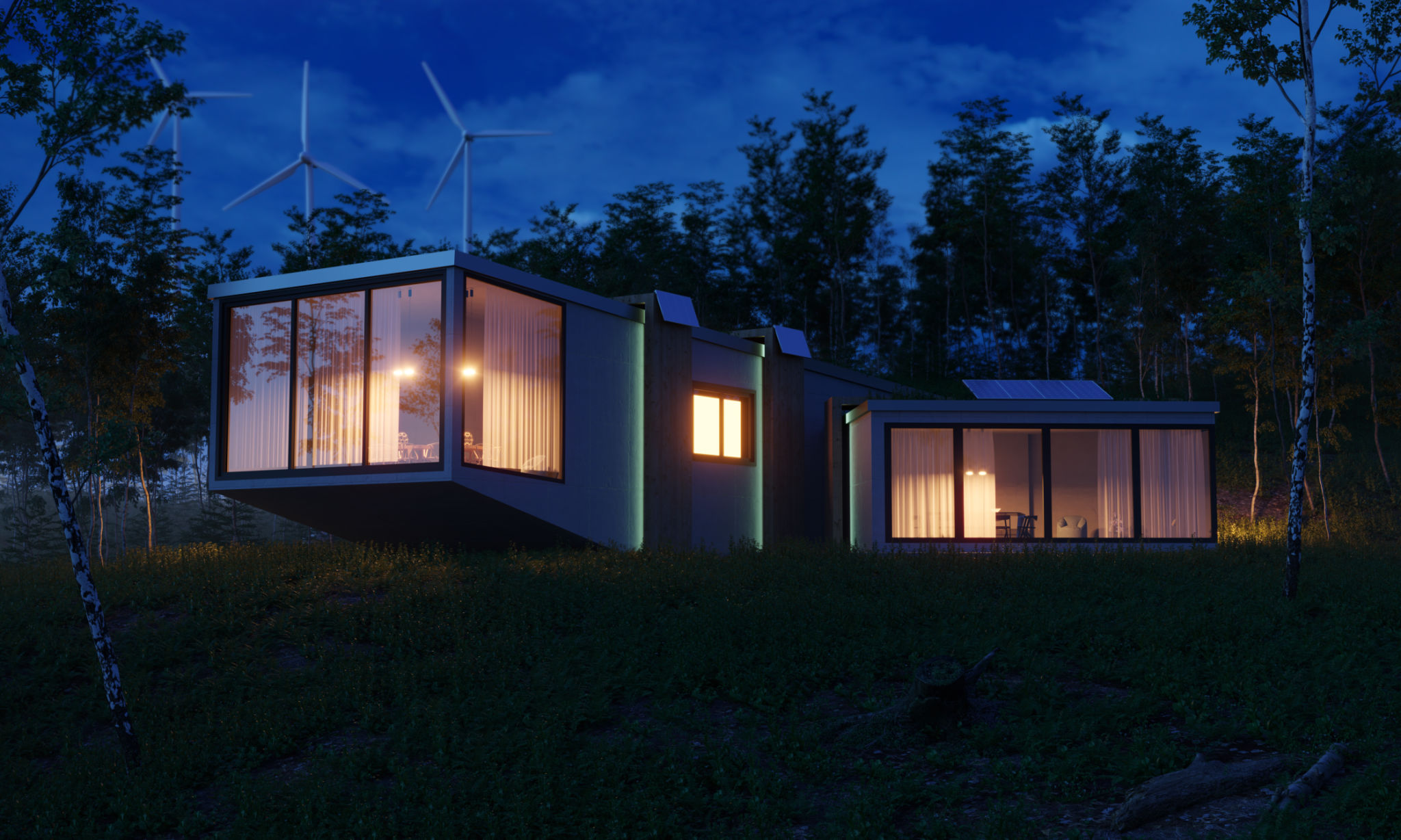5 Innovative Clean Energy Solutions for West Australian Homes
Embracing Solar Power
In West Australia, the abundance of sunlight offers a significant opportunity to harness solar power as a clean energy solution. Solar panels, installed on rooftops, can convert sunlight into electricity, reducing reliance on traditional fossil fuels. This not only helps in reducing carbon emissions but also lowers electricity bills for homeowners.

Recent advancements in solar technology have made it more efficient and affordable. The introduction of solar battery storage systems allows homeowners to store excess energy generated during the day for use at night, providing a continuous power supply.
Maximizing Efficiency with Smart Home Technology
Integrating smart home technology with solar energy systems can further enhance energy efficiency. Smart meters and home energy management systems enable homeowners to monitor their energy consumption and optimize usage patterns. By using energy-intensive appliances during peak solar generation times, households can make the most of their solar power systems.
Wind Energy for Residential Areas
Though commonly associated with large wind farms, wind energy is also gaining traction for residential use in West Australia. Small-scale wind turbines can be installed on properties to generate electricity from wind power. These turbines are designed to be efficient even with lower wind speeds typical of residential areas.

Installing a small wind turbine can complement solar panels, providing a reliable source of clean energy throughout the year. This hybrid approach ensures energy availability even during cloudy or windless days, offering a balanced solution for sustainable power generation.
Geothermal Heating and Cooling
West Australia's climate also makes it suitable for geothermal energy, especially for heating and cooling purposes. Geothermal heat pumps utilize the stable temperature of the earth to provide efficient heating in winter and cooling in summer. These systems can significantly reduce energy consumption compared to conventional heating and cooling systems.
The installation of geothermal systems may have a higher initial cost, but the long-term savings on energy bills and their low environmental impact make them an attractive option for eco-conscious homeowners.
Harnessing Biomass Energy
Biomass energy is another innovative solution for West Australian homes. This involves using organic materials, such as wood pellets or agricultural waste, to produce energy. Biomass can be utilized for heating and electricity generation, offering a sustainable alternative to fossil fuels.

The use of biomass not only reduces household dependence on non-renewable energy sources but also promotes waste recycling, contributing to a more sustainable environment.
Hydro Solutions for Small-Scale Use
Although less common in urban settings, hydroelectric solutions are possible for rural properties with access to flowing water. Micro-hydro systems can generate electricity by harnessing the energy of moving water, providing a consistent power supply year-round.
For properties near streams or rivers, micro-hydro systems can be an effective way to achieve energy independence while minimizing environmental impact. This option highlights the potential of diverse geographic conditions to support varied renewable energy sources.
Conclusion: A Sustainable Future
West Australian homes have numerous options to embrace clean energy solutions. By combining technologies like solar, wind, geothermal, biomass, and hydroelectric power, homeowners can significantly reduce their carbon footprint while enjoying cost savings. These innovative solutions not only foster sustainability but also contribute to a healthier planet for future generations.